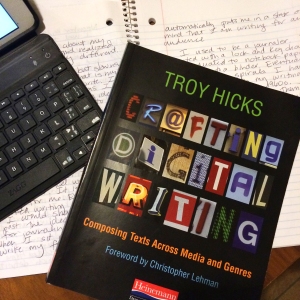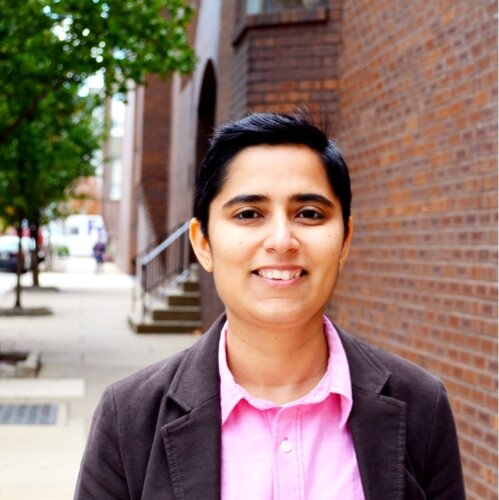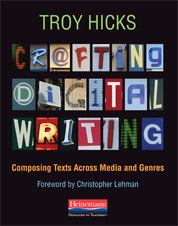
This summer, I’m participating in KQED’s #TeachDoNow MOOC, though I am just a little bit behind the game. I finally caught up on the week one webcast, and I have been checking out the discussion board on Google+. Later this summer, the week of August 11, I will cohost a webcast on the idea of “How do you manage learners, tasks, resources, and assessment in a connected learning environment?” There are many things happening in many places with this MOOC, and I am really intrigued how they are using Tagboard as a hub for collecting resources.
So much to think about! This, of course, is both the opportunity and a challenge of social media use in education. For the moment, however, I want to focus on the question of the week: What is the value of social media for your professional learning?
Of all the possible answers to this question that I might consider — such as finding resources that I can use in courses and workshops for preservice and in-service teachers, delving more deeply into the lesson ideas and unit plans of networked colleagues, or simply keeping my finger on the pulse of conversations around education — the biggest value for me, as an educational researcher and teacher educator, is simply making connections with K-12 colleagues.
There are many examples that I could cite, but I will share one that happened just this week. On Wednesday, I was presenting a session about growing your PLN at the Michigan Reading Association‘s summer literacy conference. In my session, one of the participants was an NWP teacher consultant from the Lake Michigan Writing Project, Erica Beaton, whom I hadn’t had a chance to meet in person, though we were connected on Twitter. She acted as a guide and mentor to others in my session as they were learning to use Twitter. I, in turn, then made the choice to attend her session on “creating hype for reading,” and posted numerous resources.
At the end of the session we were talking about possibilities for engaging readers with e-books. Though we only have a few moments, it turned into a lively conversation and Erica offered me an invitation to visit her classroom next school year. What had begun as a collegial, though semi-anonymous relationship on Twitter before the conference quickly blossomed into a new professional connection and, ultimately, will probably result in me visiting her classroom and — who knows? — perhaps even writing an article together or co-facilitating a conference presentation.
This is but one example of how social media contributes to my professional learning, specifically as an educational researcher and teacher educator. I am talking with teachers all the time, and many times those conversations begin on social media and result in sharing coffee or a meal together. As one Michigan colleague, Todd Bloch, recently reminded me, our K-12 colleagues rarely, if ever, actually see university researchers and teacher educators engaged in real conversations with teachers, visiting classrooms and attending the conference sessions. This continues to exacerbate the “ivory tower” divide between educational research and classroom practice, and he was appreciative of the fact that I present at conferences, visit classrooms, write with teachers, and participate in social media.
All of this is to say that social media — to use the popular phrase — “keeps it real” for me as a professor with deep roots in the K-12 classroom. Social media participation is a must for all educators, especially those of us who do educational research and are preparing the next generation of teachers. To do less is a disservice to the educators that we serve and to our own sense of what it means to be a professional.

This work is licensed under a Creative Commons Attribution-NonCommercial-ShareAlike 4.0 International License.







